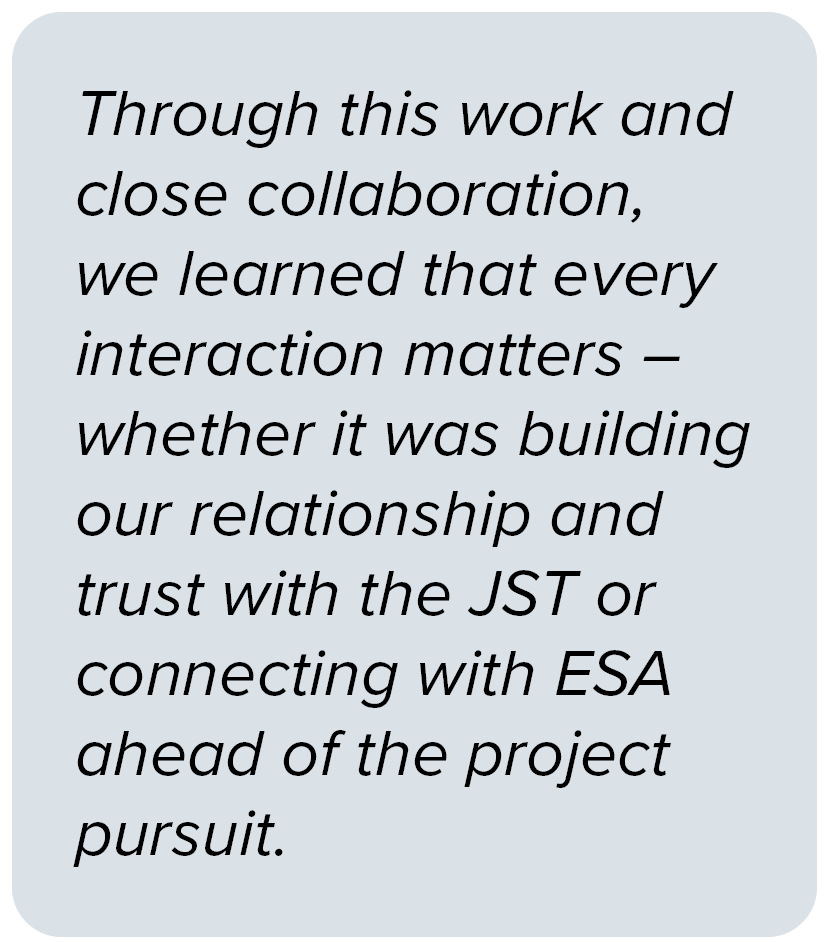The City of Hoquiam (City) recently received $1.2 million dollars from the National Oceanic and Atmospheric Administration (NOAA) to improve salmon habitat while strengthening the City’s drinking water supply. The project was one of 10 funded in Washington state, and 36 funded nationwide.
Funding from NOAA’s Restoring Fish Passage through Barrier Removal grant will go towards the City’s West Fork Dam Removal and Groundwater Source Replacement project. The West Fork Dam is a major barrier to salmon—in fact, it is the second-highest priority fish barrier within the Chehalis Basin. Removing the dam will restore the ecosystem to its natural floodplain and allow salmonids unimpeded access to additional habitat and cooler waters upstream. Reducing diversions from the river will also provide increased flows needed during drier seasons.
A Win for Salmon Thanks to Chehalis Basin Stakeholders
The City has been making plans to remove the West Fork Dam for more than 20 years due to the high maintenance costs, elevated potential for contamination of the West Fork surface water source, and aging infrastructure. The project has local support from groups such as the Chehalis Basin Partnership and Chehalis Basin Habitat Work Group. The Partnership’s and Work Group’s diverse memberships consist of cities, counties, the Quinault Indian Nation, and the Confederated Tribes of the Chehalis Reservation, along with water purveyors, state and federal agencies, and citizen stakeholders.
Work under this project phase includes developing predesign of the dam removal, developing a groundwater well field source, and permitting the water rights needed for the new groundwater source. The City also maintains the dam as a drinking water diversion to serve the City’s water service area.
Aspect’s Project Geologist Kelsey Mach, Principal Water Rights Specialist Jill Van Hulle, and Associate Hydrogeologist Jon Turk began working with City Manager Brian Shay in 2019 to support the planning and permitting process for the dam removal and groundwater source replacement. They helped the City identify and apply for the NOAA grant, which was awarded in December 2022.
Congratulations to the City of Hoquiam for securing funding to move forward with this critical project.










